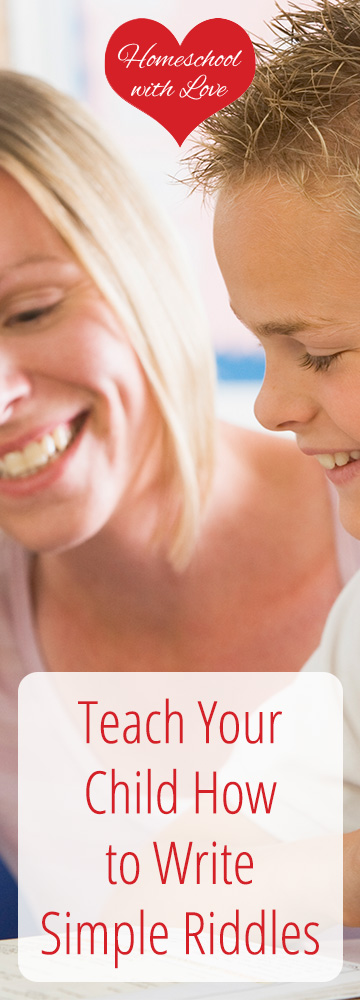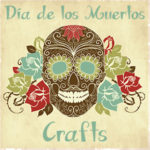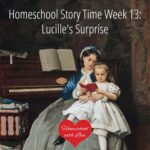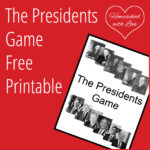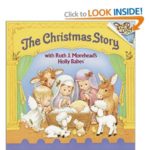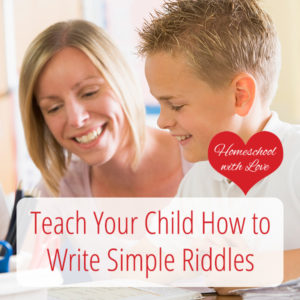
Here’s a riddle for you to try:
“I come out in the early hours of night.
No plumage have I, yet I’ve wings for flight,
I stay in darkness, for I dread the light.”
That’s a classic riddle from a book I put together recently called 365 Days of Riddles. Can you guess the answer? (Psst…I’ll let you know what it is near the end of this post.)
*This post contains paid links. I earn a small commission from the sale of products purchased via these links. Please see my disclosure for details.
Riddles have been around for centuries. The ancient Greeks and Egyptians enjoyed guessing riddles. You may have heard of the Riddle of the Sphinx from Greek mythology. The Bible also has a riddle in it in the Book of Judges. In the Middle Ages, street entertainers told riddles. Even today, people still enjoy guessing riddles and other brain teasers.
I think that part of the appeal of riddles is that they are mysterious. We like to seek the solution to an unknown. It challenges our mind. Riddles exercise the brain because they require the use of logic and visualization.
That’s what also makes them a good tool for training the minds of children. Riddles require kids to use inductive reasoning and other critical thinking skills. They must look at the parts (the clues) and determine the whole (the answer).
Writing a riddle requires the use of deductive reasoning rather than inductive since a child is taking a whole (the answer to the riddle) and is writing about the parts (the clues) that describe it. It also takes some imagination and creativity to write a good riddle. It’s those elements which make riddle writing such a great project for children. Plus, riddles are just plain fun.
So let’s get into the how-to part of teaching your child to write riddles.
Materials
Here’s what you’ll need to get started:
- Pencil
- Paper
- Books with riddles
As you probably already know, children need examples in order to be able to write. They need to see what “the real McCoy” looks like so that they can imitate it. That’s how they learn. You can find good quality riddles in two types of books: story books and riddle books. Here are some suggestions for books in both categories:
- The Hobbit by J.R.R. Tolkien. This is a classic story that involves an exchange of riddles between the main character and another character.
- Pearls of Lutra by Brian Jacques. In this story, riddles are used to disclose the location of pearls.
- Castaways of the Flying Dutchman by Brian Jacques. In this fiction book, riddles are used to help the main character find an important item.
- 365 Days of Riddles by Susan Brown. This is a riddle book with a collection of time-honored, rhyming riddles.
- Rhyming Riddles Copywork by Susan Brown. This is a small, inexpensive collection of classic, rhyming riddles which can be used as copywork for grades 3-4.
- More Rhyming Riddles Copywork by Susan Brown. This is another small, inexpensive collection of classic, rhyming riddles which can be used as copywork for grades 5-6.
How to Write Riddles
Let’s look at how you can teach your child to write riddles.
Look at Examples
Begin by sharing some riddles with your child. After guessing the answer, go back and look at the clues that lead to the answer. What do you notice about them? Discuss this with your child.
Decide on an Answer
Tell your child to think of an item that he would like for the answer to his riddle. It should be something that he can easily describe. Abstract things like “charity” or “the mind” are a possibility, but they will be more challenging and probably more appropriate for older children and teens.
Brainstorm Descriptive Phrases and Words
Have your child list as many words and phrases as he can think of that describe his answer or are related to it. Here are some things he can think about:
- What does it look like? Sound like? Taste like? Smell like? Feel like?
- Are there any puns associated with the answer?
- Look up your answer in a thesaurus to find synonyms and antonyms.
- How is the answer used?
- What does the answer do?
- Where do you find it?
Decide What Words or Phrases to Use
Tell your child to circle 2-4 words or phrases from his list. When he makes his decision, he should consider that he doesn’t want the clues to be too easy nor too difficult.
Write the Riddle
Now comes the fun part…writing the riddle. Here are some things for your child to keep in mind.
- There are no set rules or conventions for writing riddles. Some riddles are written with poetic rhythm and others do not. Some riddles rhyme and others do not. For beginners, I would recommend that they not worry about rhythm or rhyme and just write clues.
- Your child can use imagery, similes, metaphors, personification, and puns among other literary tools.
- Riddles can be written in 1st person (“I” and “me”) or 3rd person (“it”). The 1st person is the most common way and uses phrases like:
- I am…
- I am not…
- I (action verb)…
- You can use me to…
- I have…
You might want to share those phrases with your child to get him started.
- Tell your child to imagine that he is the answer to his riddle. How would he describe himself?
Your child need only write a few short phrases for his riddle. While there are riddles that are much longer, it is better for beginners to start small.
Share the Riddle
The last step (and the best part) is to share the riddle with others. Riddles have usually been said aloud so this is a good speaking exercise. Tell him to speak loudly and clearly and give the guessers plenty of time to figure out the answer.
Now, you probably want to know the answer to the riddle that was at the beginning of this post. What kind of creature likes the night and has no feathers but flies? A bat.
Remember, you can find this riddle and more like it in the book 365 Days of Riddles.


